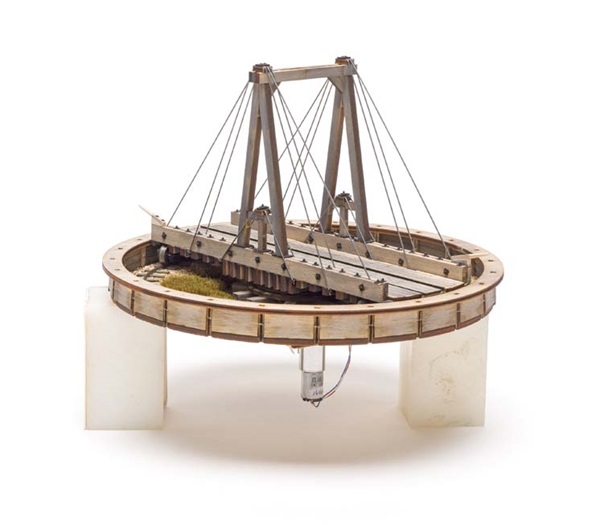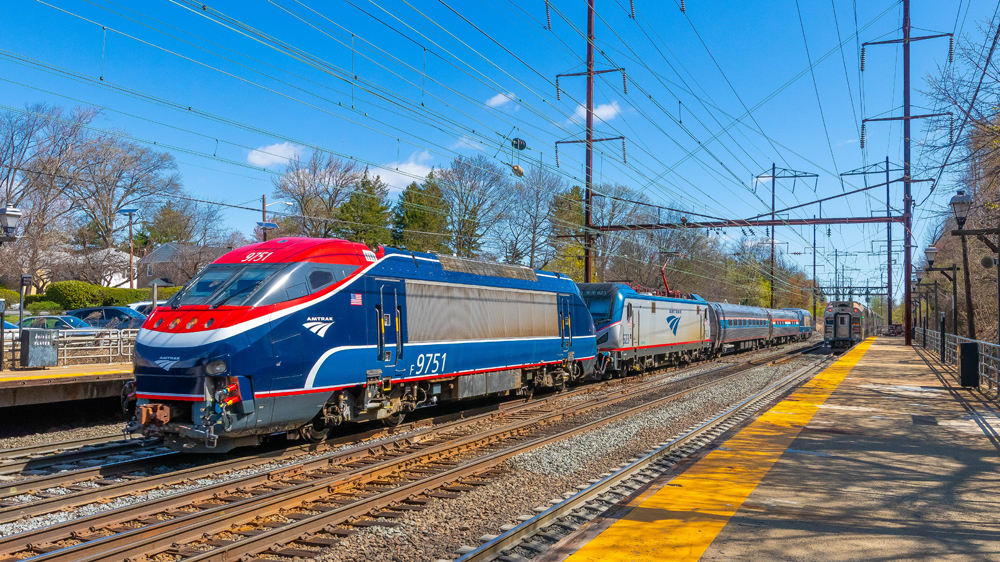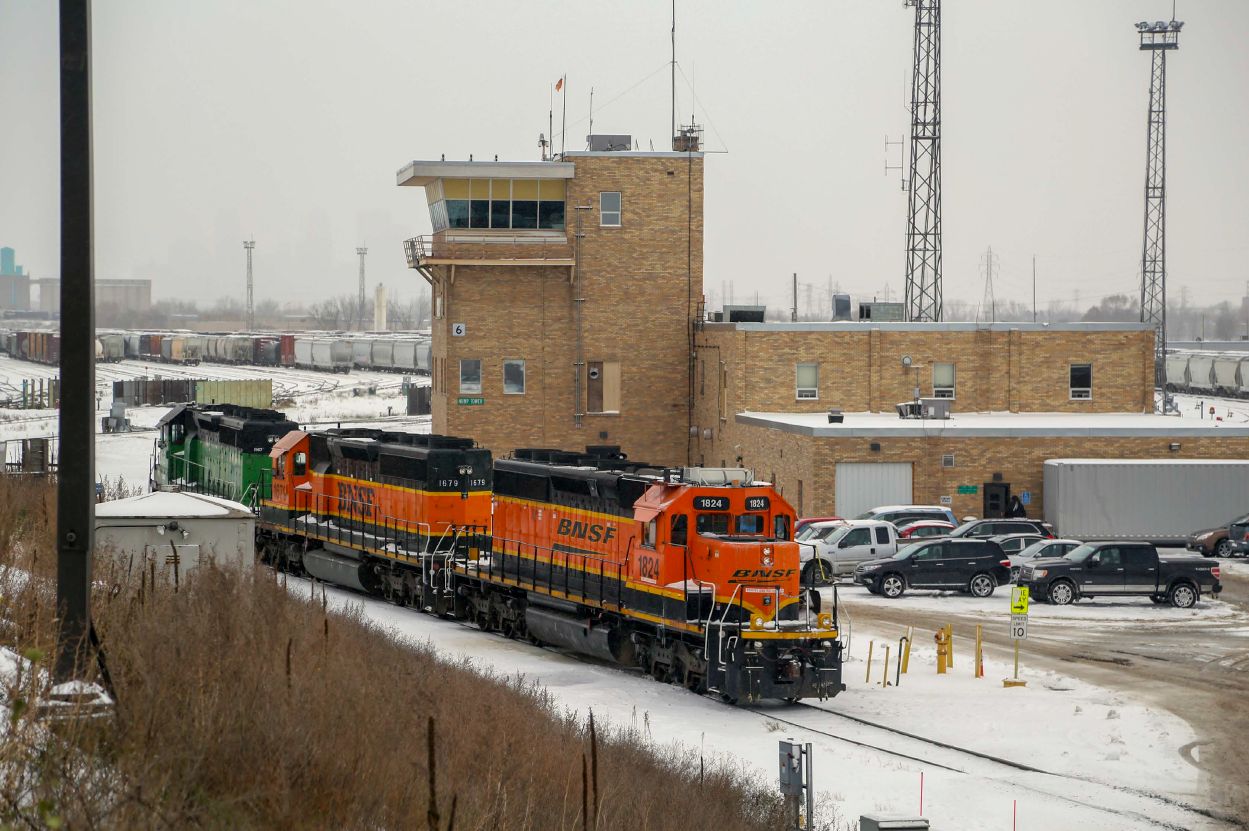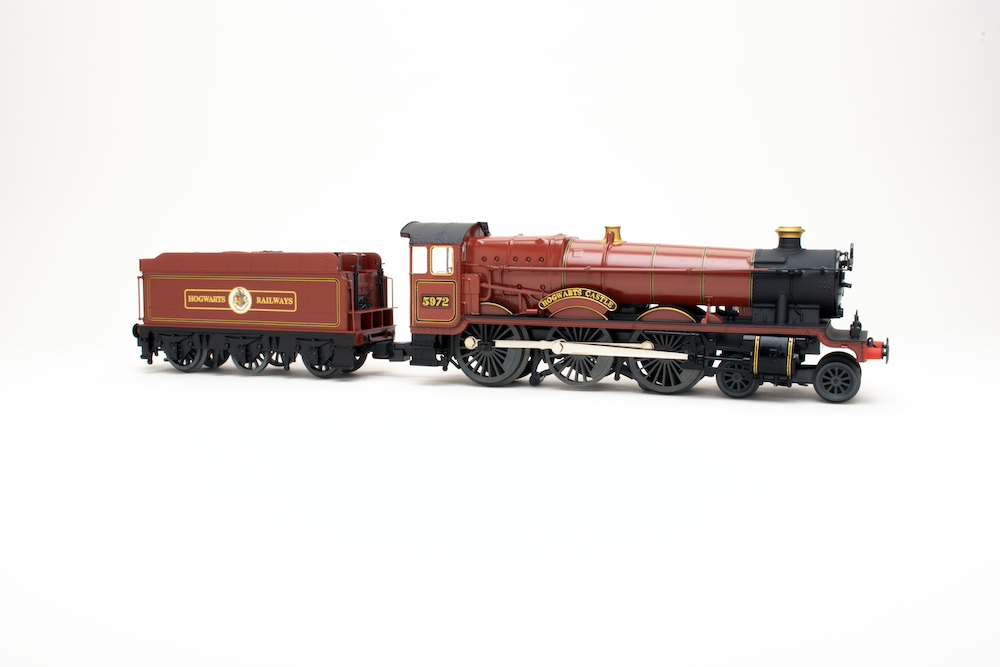
Steam-era operation typically requires additional infrastructure items, such as coaling towers and water cranes, but perhaps the most interesting of these is the turntable, used for turning locomotives and sending them back out in the opposite direction. Kitwood Hill Models offers several laser-cut wood kits for gallows-style narrow-gauge turntables in an assortment of lengths, all based on the design of the turntable at Laws, Calif. Needing a turntable for my most recent On30 (On2½) layout project, I purchased the firm’s small 36-foot table and built it.
Fantastic fit and finish. I was pleasantly surprised by the ease of assembly of the Kitwood Hills product. The laser-cut parts were all cleanly rendered in various thicknesses of basswood and micro plywood. Tab-and-slot construction is used throughout, and the kit includes a number of steel locator pins, temporarily inserted into various parts to keep pieces aligned perfectly during assembly. The pins were especially helpful when constructing the turntable pit where the walls and rim need to be perfectly spaced from the center. You could use thin cyanoacrylate adhesive (CA) throughout for assembly of the parts. However, I used yellow carpenter’s glue in a lot of the wood construction steps, as I prefer its bonding and working characteristics.
The kit uses an ingenious technique to get the pit rail installed correctly. The kit comes with two plywood circles that form a jig for soldering the rail to printed-circuit (PC) board ties. After gluing the ties on their laser-etched marks around the pit floor, I placed the smaller circle on its two temporary steel locator pins. Next, I wrapped the length of pit rail along the circle’s outer edge, then pressed the larger plywood circle over the rail, which locked it into place. The larger plywood piece has a notch in it, allowing you to solder the rail to the PC ties one at a time by simply shifting the notch to the next position. Once the jig is removed, the pit rail forms a true circle and aligns perfectly with the kit’s precision-milled turntable bridge wheels.
A few modifications. The model comes with nut-bolt-washer kits that you assemble one at a time from laser-cut parts and wire. Looking to speed up the project, I bought Tichy Train Group plastic O scale 4″ and 6″ square washer castings to substitute for the kit parts. The kit calls for about 70 castings, and by looking at photos of the Laws, Calif., turntable, I can see that I could use more yet. The Kitwood Hill turntable came with a 3-volt motor and reduction gear, but leaves control up to the modeler. One option would be to connect the motor to a Digital Command Control (DCC) motor decoder wired directly to the track power bus. By assigning the turntable an address, you could drive the motor using the throttles on your layout’s DCC system.
However, I wanted traditional fascia-mounted controls, so I purchased a 3-volt power supply and a double-pole double-throw (DPDT) center-off momentary contact switch. I wired the DPDT switch for reversing operation. I was impressed with how smoothly and quietly the motor and drive work. While I was at it, I also installed a Tam Valley Depot DCC auto-reverser for the powered bridge track. This way I don’t have to remember whether the polarity on the bridge rails is correct or reversed; the auto-reverse takes care of that.
Before installing the bridge, I added scenery to the floor of my turntable pit. In addition to gravel and dirt, I added static grass clumps to give it a good dose of backwoods flavor to match my layout. The model took me a couple of weeks of off-and-on building sessions to complete, and was an enjoyable project from start to finish. Its compact 9″ diameter footprint, coupled with the fact that you can order it from the manufacturer for either On30 or On3, makes it a good choice for any O scale narrow gauge layout with very small locomotives.
Price: $94.00 (varies due to exchange rate)
Manufacturer:
Kitwood Hill Models
59 Highfield Ave.
Aldershot, Hants, GU11 3DA
United Kingdom
kitwoodhillmodels.com
Era: 1860s to early 1900s
Features:
Wood and metal construction
Easy assembly with detailed instruction booklet
3-volt motor and factory-assembled reduction gear
Options for 30″ or 36″ narrow gauge













